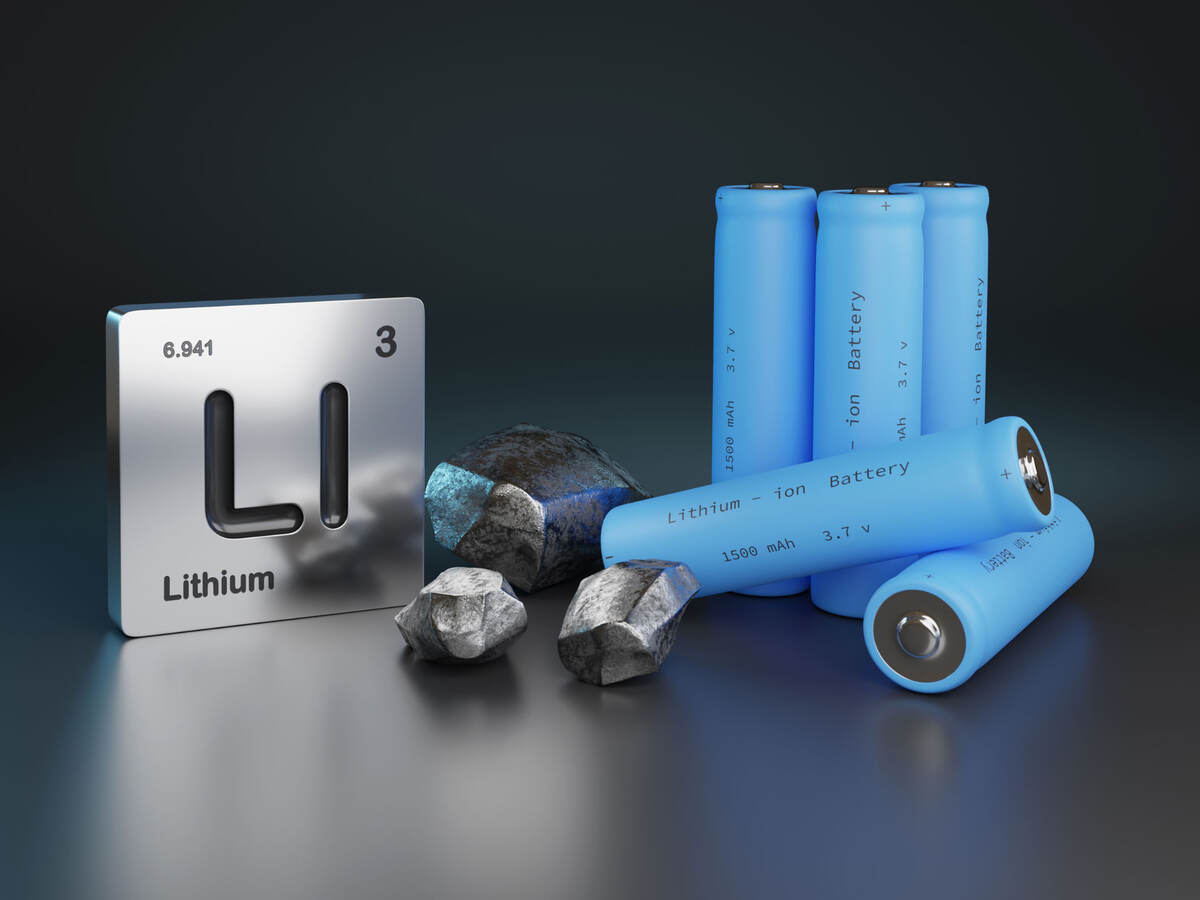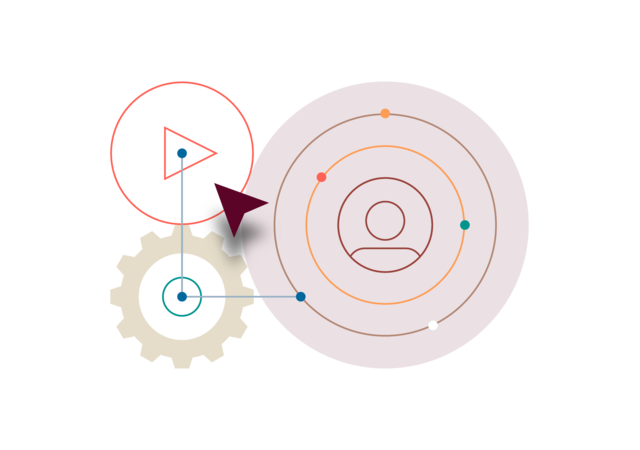In recent years, headlines regarding fires associated with lithium-ion batteries are not unusual. According to the U.S. Consumer Product Safety Commission, over 25,000 overheating or fire incidents involving more than 400 types of lithium battery-powered consumer products occurred from January 1, 2012 to July 24, 2017.
With the increasing popularity of rechargeable equipment, you can find lithium-ion batteries in everything from laptops, cell phones, and electric cars, to cordless drills and even heavy equipment, like forklifts. When designed, manufactured, stored and used properly, lithium-ion batteries are a safe source of power for these devices. However, if the appropriate standard of care is not shown at any point in their life cycle, lithium-ion batteries can present a significant fire and/or explosion risk wherever present.
Lithium-Ion Battery Risk Prevention
Workplace injuries and physical damage to facilities from lithium-ion battery hazards are preventable. The following guidelines developed by the Occupational Safety and Health Administration (OSHA) will assist in incorporating lithium-ion battery safety into an employer’s Safety and Health Program.
- Use properly tested batteries. Ensure lithium batteries, chargers and associated equipment are tested in accordance with an appropriate test standard, e.g., UL 2054, the Standard for Household and Commercial Batteries, certified by a Nationally Recognized Testing Laboratory (NRTL) when applicable, and are rated for their intended uses.
- Follow instructions. Adhere to the manufacturer’s instructions for storage, use, charging and maintenance.
- Use the correct batteries. When replacing batteries and chargers for an electronic device, ensure they are specifically designed and approved for use with the device. Only purchase batteries from the device’s manufacturer or a manufacturer authorized reseller.
- Don’t overcharge. Remove lithium-powered devices and batteries from the charger once they are fully charged.
- Keep batteries safe. Store lithium batteries and devices in dry, cool locations.
- Check for damage. Inspect batteries and devices for signs of damage, such as bulging/cracking, hissing, leaking, rising temperature, and smoking before use, especially if they are wearable. Immediately remove a device or battery from service and place it in an area away from flammable materials if any of these signs are present.
- Safely dispose of batteries. If batteries are damaged or are past their service life, remove them from use, place them in a fire-resistant container, e.g., metal drum, with sand or another extinguishing agent, and dispose in accordance with local, state, and federal regulations. Contact a local battery recycling center for disposal or recycling instructions.
- Know how to extinguish a battery fire. Follow manufacturer’s guidance on how to extinguish small battery fires, which could include using ABC dry chemical extinguishers, Class D fire extinguishers (for lithium-metal), dirt, water or sand.
Preventative Training
Ensure that employees who use or handle lithium-ion-powered devices receive training associated with these products, including instruction on how to:
- Properly store, handle and charge lithium-ion powered devices and batteries.
- Identify defective, damaged or failing lithium-ion-powered devices and batteries.
- Report and remove defective, damaged, or failing lithium-ion-powered devices and batteries from service.
- To dispose of a battery, ensure the battery is at room temperature. Then, place the battery in a sealable plastic bag. Do not dispose of batteries in regular garbage or recycling bins as they can cause fires during transport, at landfill or recycling facilities. Instead, take lithium-ion batteries to be recycled at designated facilities. To find one locally, search Earth911’s listings.
- Quickly remove a wearable lithium-ion-powered device if it feels hot or if the device is leaking, releasing gas, hissing, bulging/cracking or on fire.
Prepare an Emergency Action Plan
All sites should have an emergency action plan (EAP) to facilitate and organize employer and employee actions in the event of a workplace emergency. Ensure that the site’s EAP, or equivalent plan, includes lithium-ion-related incident response procedures based on manufacturer’s instructions for responding to battery failures including fires and/or explosions. Employees should be trained on the contents of this plan to ensure appropriate response and reduced impact to safety and health, as well as operations.
UL Solutions EHS Advisory Services
The UL Solutions EHS Advisory Services team can help support your organization in assessing appropriate workplace safety practices and programs associated with lithium-ion batteries as well as many other hazards. Learn more about Environmental Health and Safety (EHS) Advisory Services or contact us to schedule a complimentary EHS Advisory Services assessment.
Get connected with our sales team
Thanks for your interest in UL's products and services. Let's collect some information so we can connect you with the right person.




